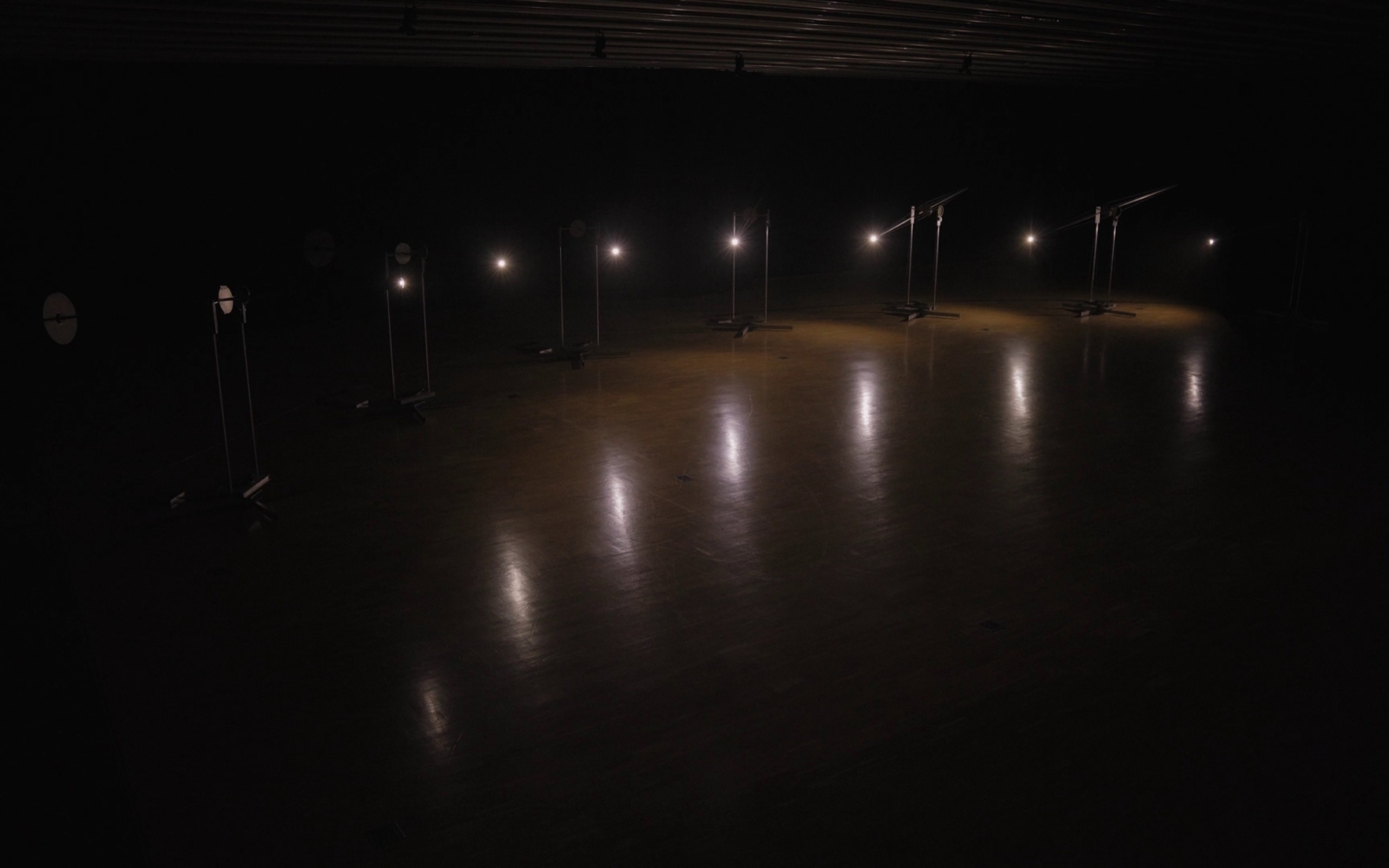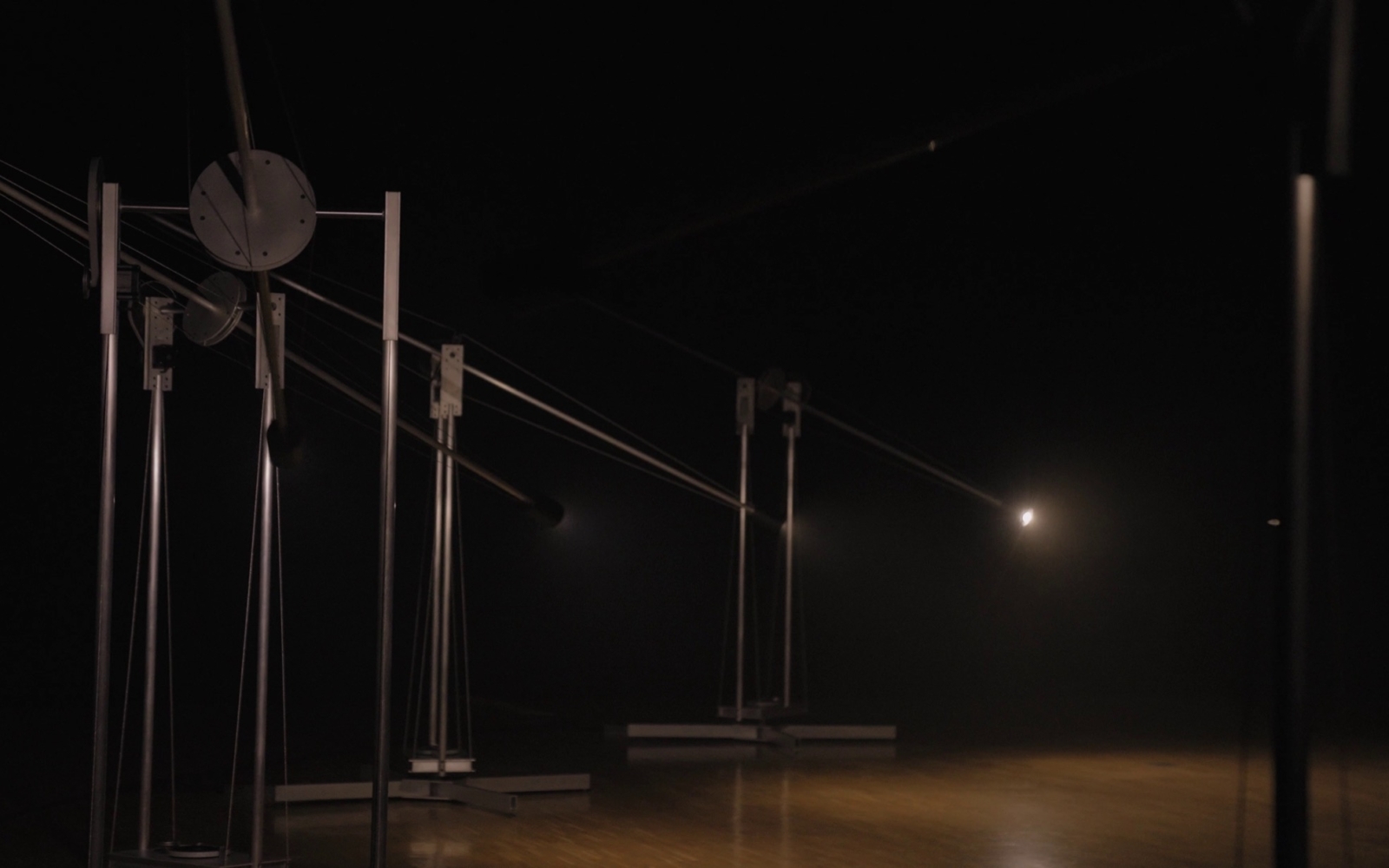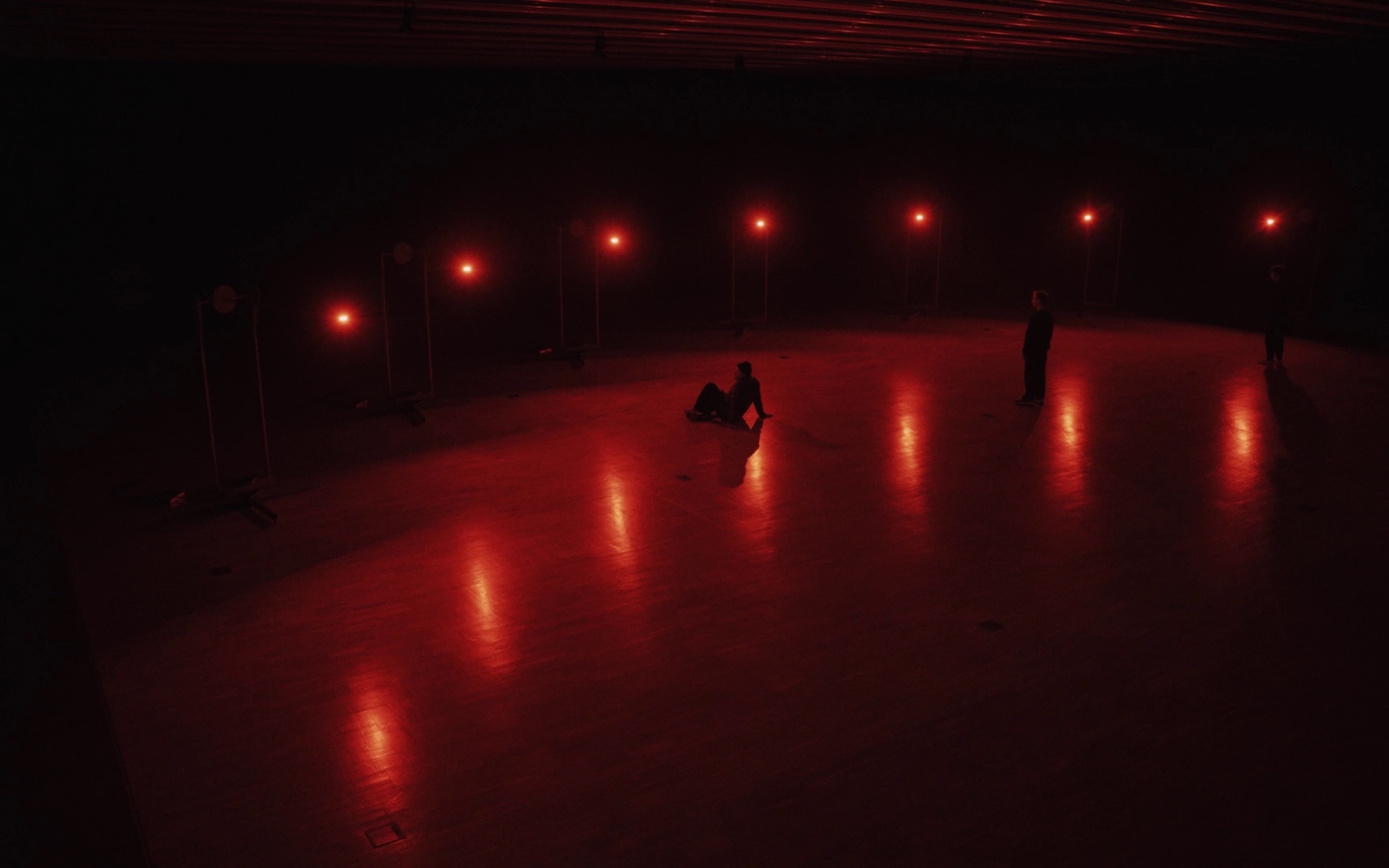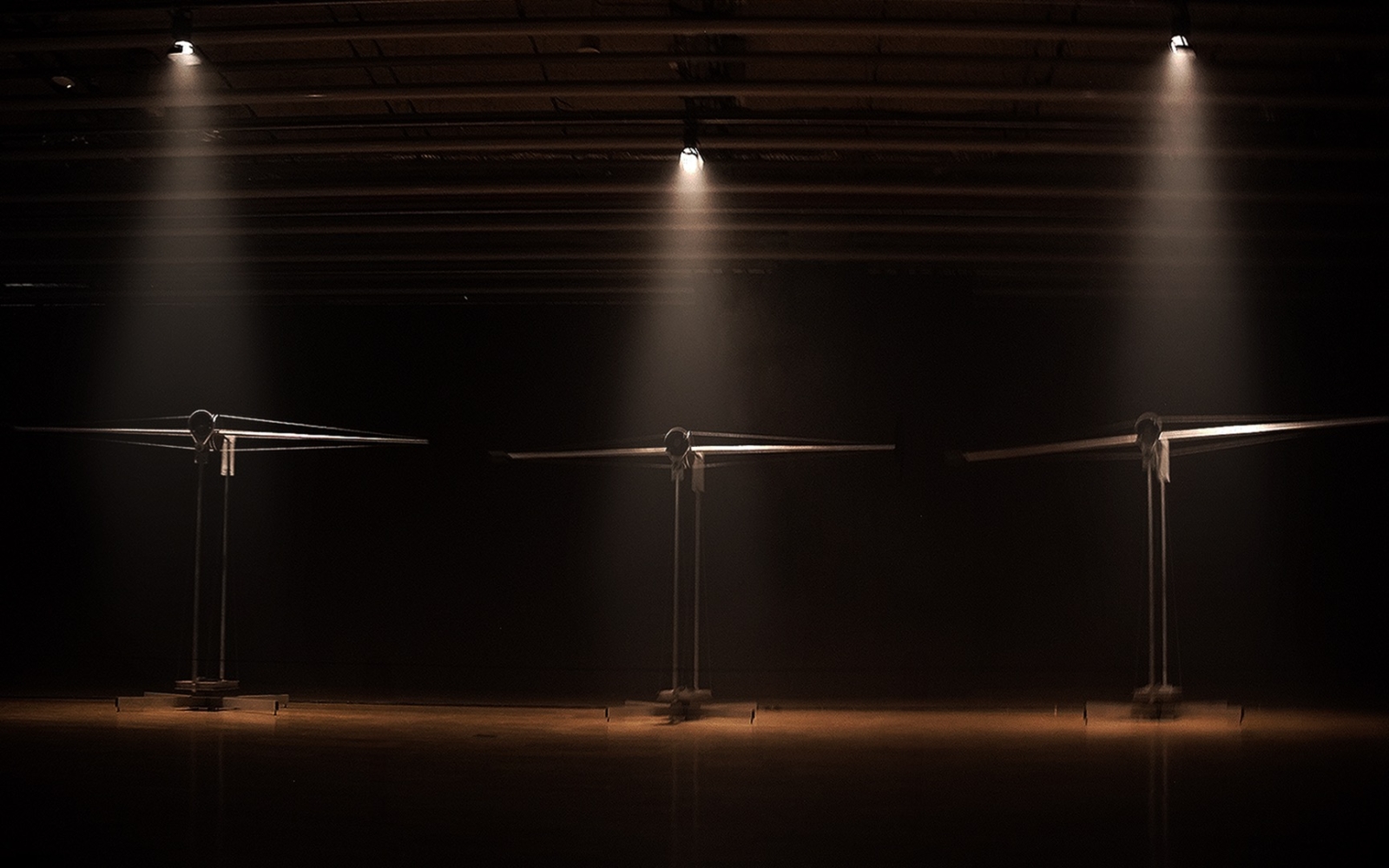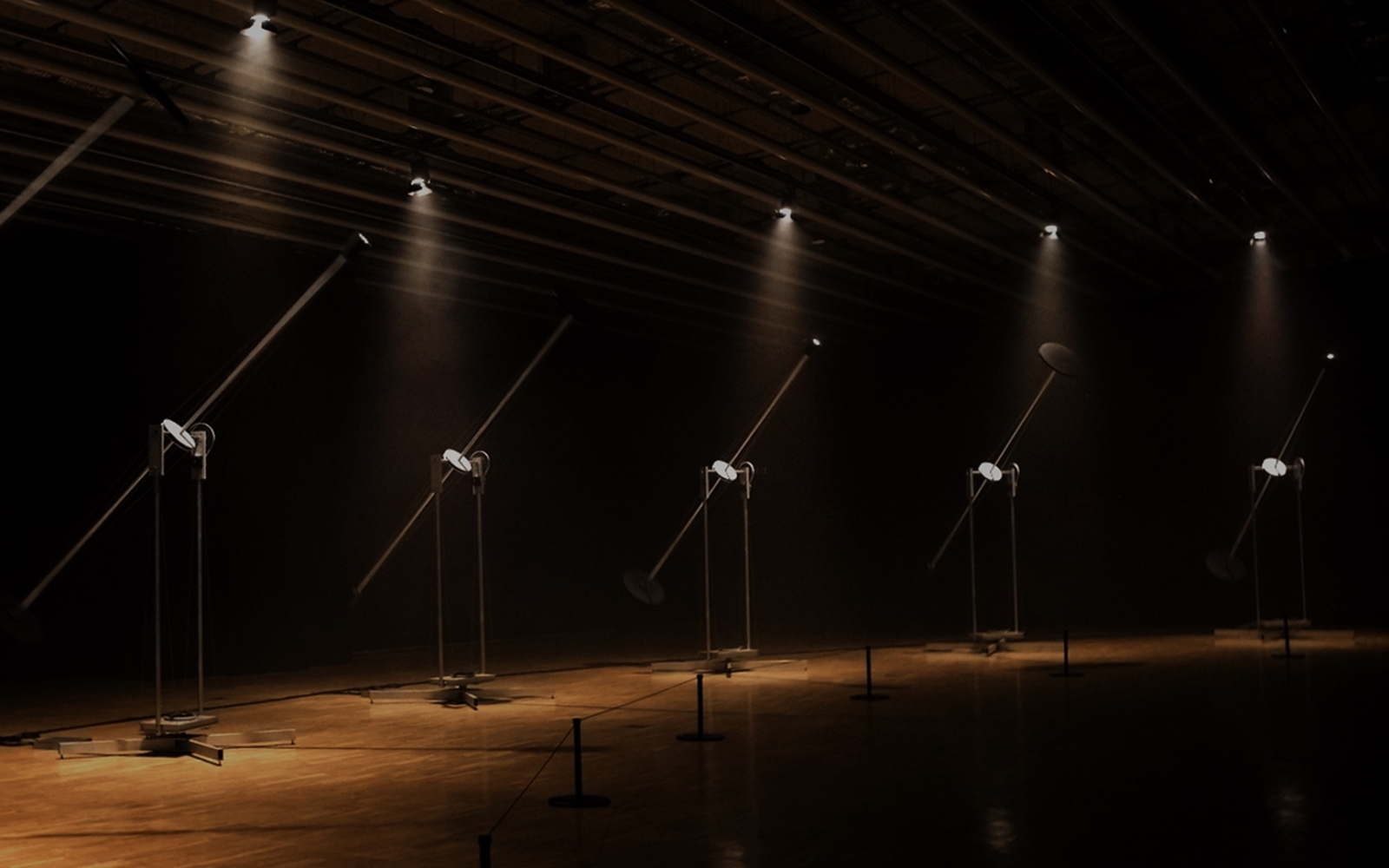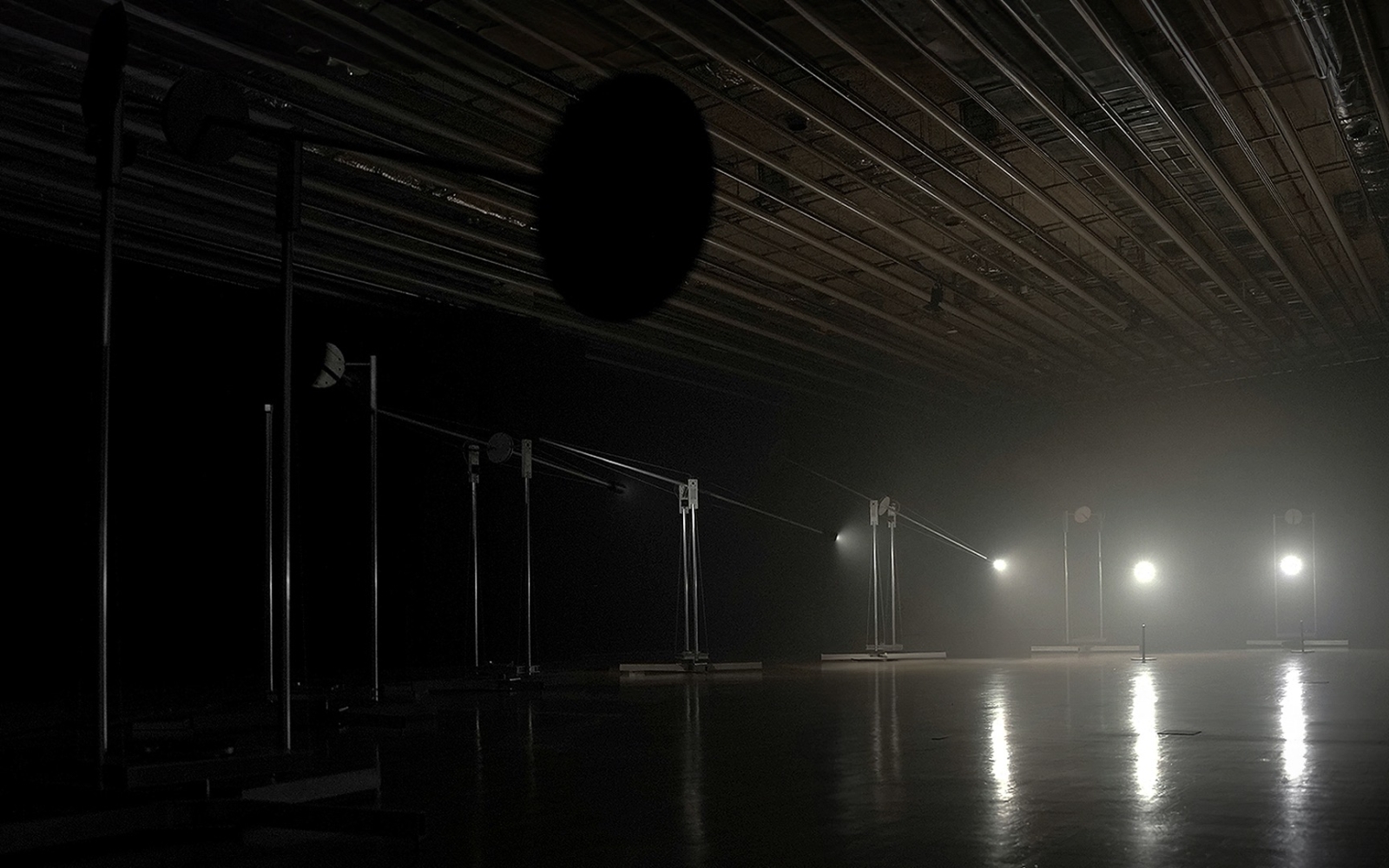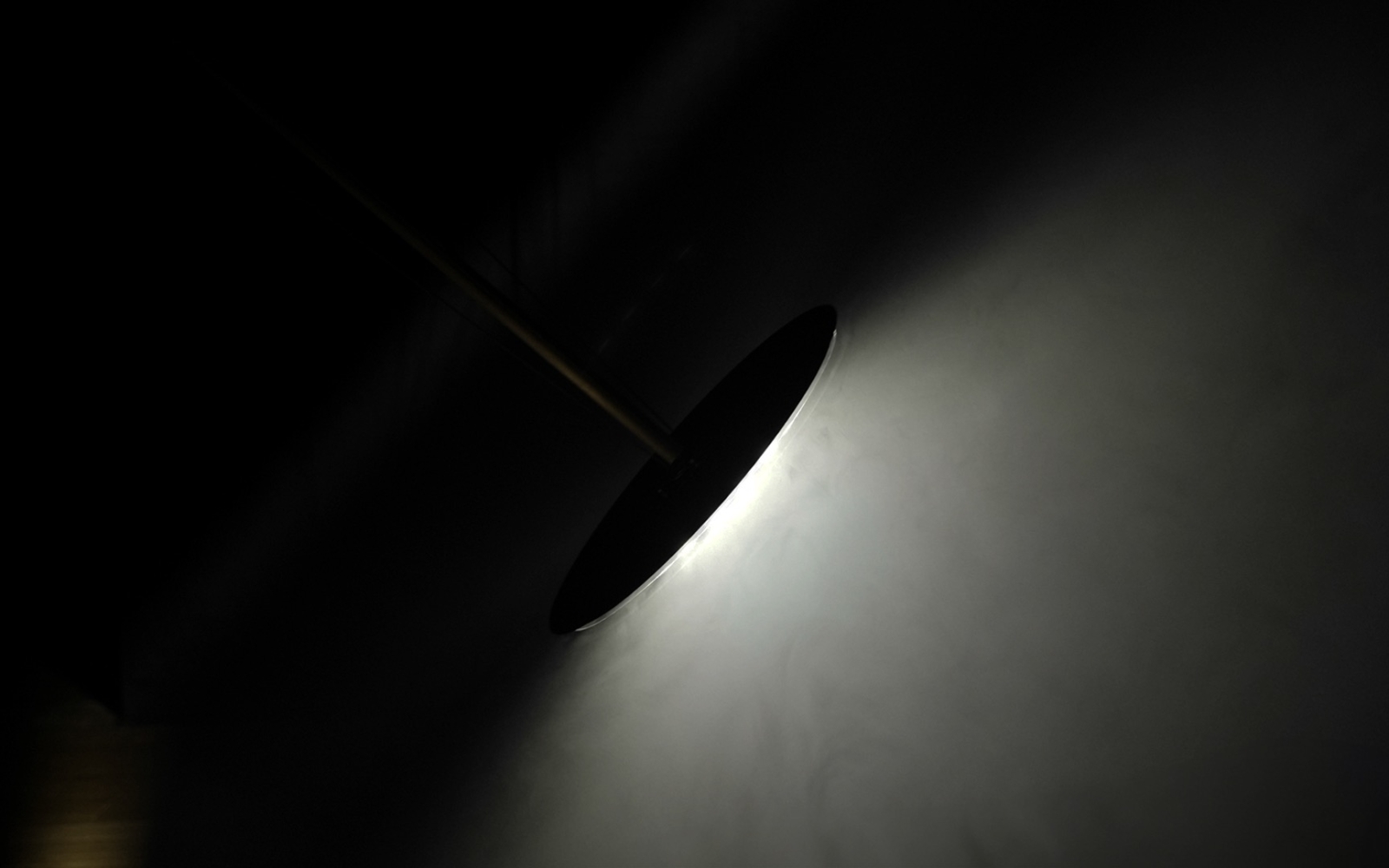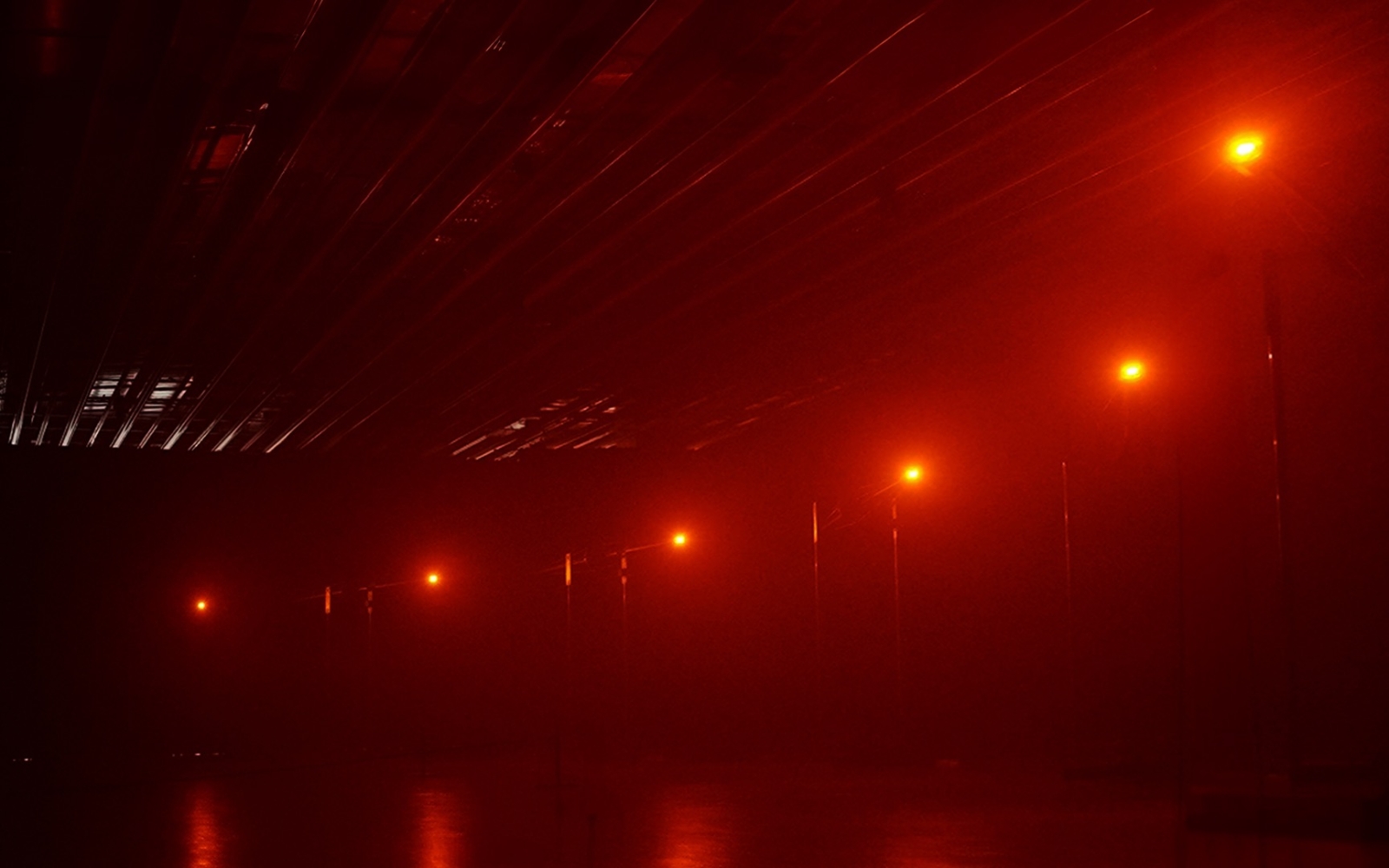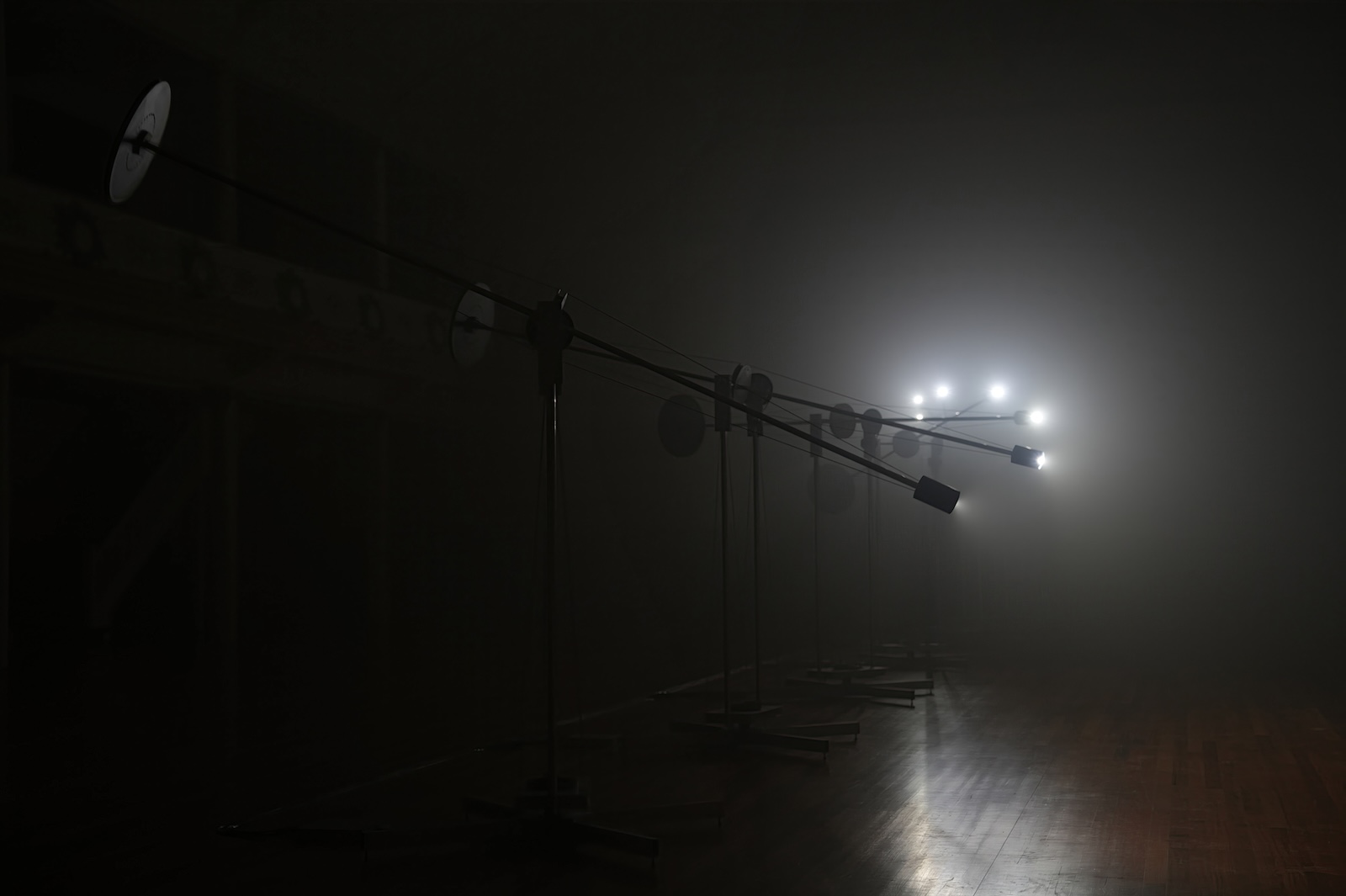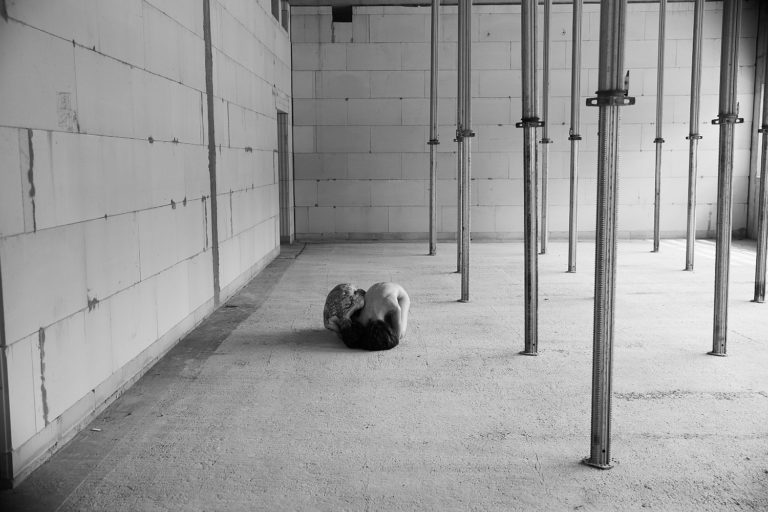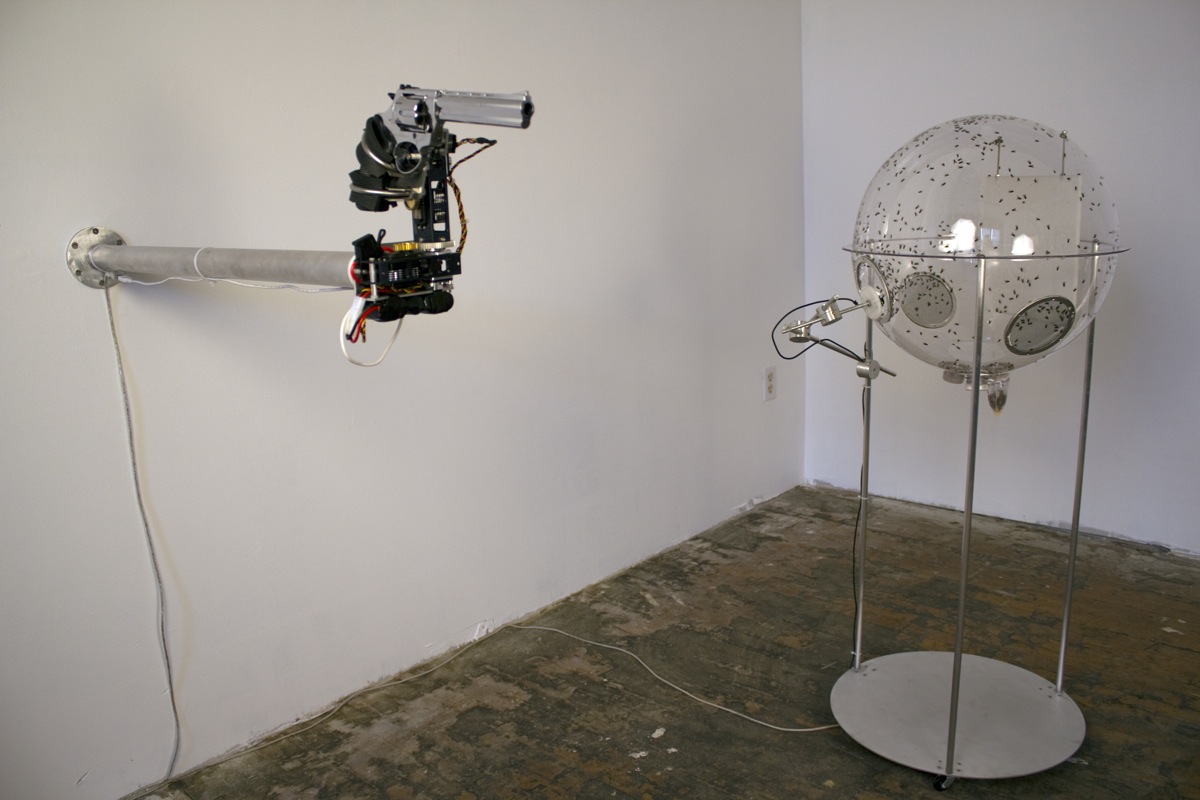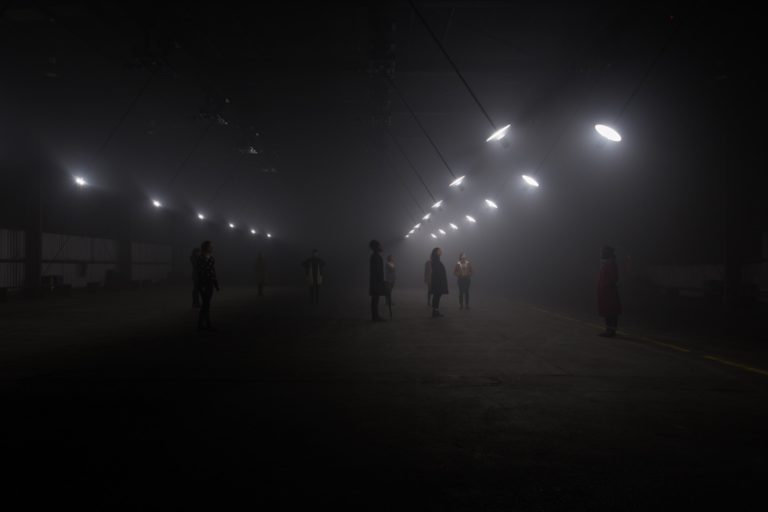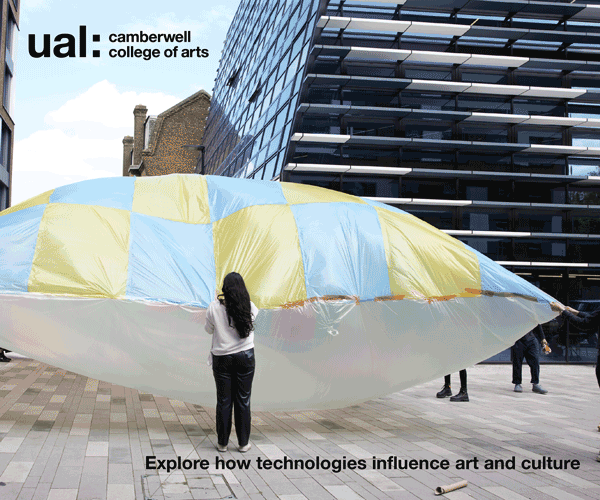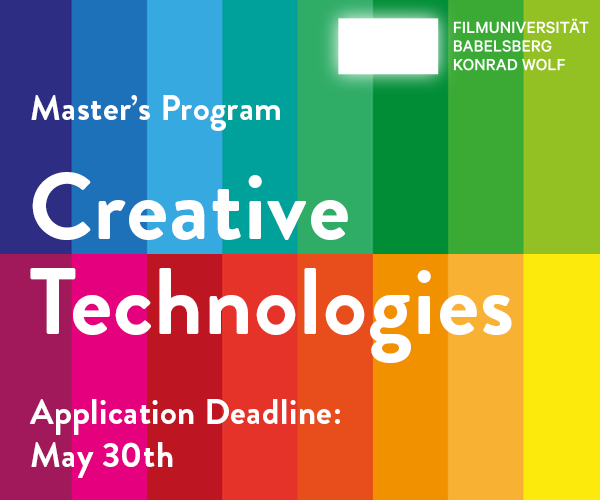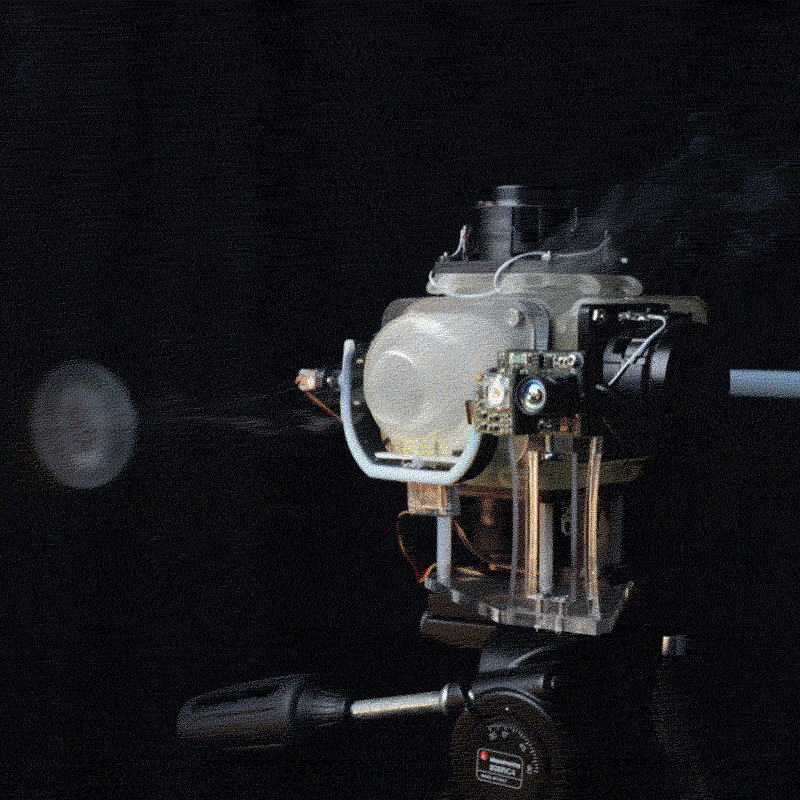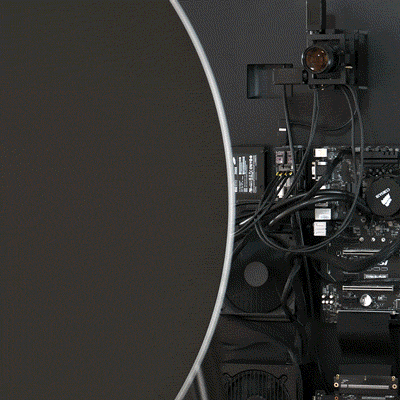Founded by Matt Clark in 2003, United Visual Artists (UVA) are one of the most accomplished and influential teams working today with the mediums of light, data and movement. For two decades, their practice has been one of the best examples of the studio as a research unit for the exploration of creative technologies, operating across multiple design spaces, from live music stage design to film, dance, architecture, fashion or art.
“Patterns and Recognitions”, their new exhibition at Disseny Hub Barcelona (DHUB) curated by Jose Luis de Vicente is an examination of scientific and economic systems that shape our knowledge of the universe, society and human perception. Through visualizations, kinetic sculptures, sound and dynamic lightning, the exhibition recomposes the principles and laws of planetary orbital mechanics, the depth of field in human vision, or the statistical models produced for decision-taking in multiple fields.
Inspired by Ancient Greek philosophers’ belief that the universe produced an inaudible kind of music, “Silent Symphony”, one of the three pieces in the show, traces resonant frequencies and synchronicities occurring at the cosmic scale, exploring their relation to our sense of harmony. Seven Kinetic sculptures cast rotating planes of light and sound across the space. Oscillating between order and chaos, beams of light slice through space, creating complex patterns and interactions with the architecture, physicalising invisible energetic forces, such as gravity, giving them form as light and sound. The installation is an evolving dynamic system, never repeating the same sequence.
Like many of UVA’s works, the work is sequenced in Disguise (UVA’s own framework also know as d3) using a number of plug-ins they developed (all in C++). With this work they’ve pushed their ‘pattern generator’ code which makes for very smooth and predictable (desired) transitions form look to look (for instance, from instruments rotating in unison to instruments rotating out-of-phase). The installation uses Trinamic motor drivers inside the sculptures running a small firmware file which is written in Trinamic’s TMCL language, a form of assembly. Disguise and the motor drivers communicate over RS485. For each motor Disguise runs a target-reference-feedback loop. Disguise requests the driver’s current position (feedback) and knows the driver’s ideal target position (which is set through sequencing) – based on that information it calculates a reference position. It then sends a new velocity value to the motor driver to hit that reference position, and the loop starts again.
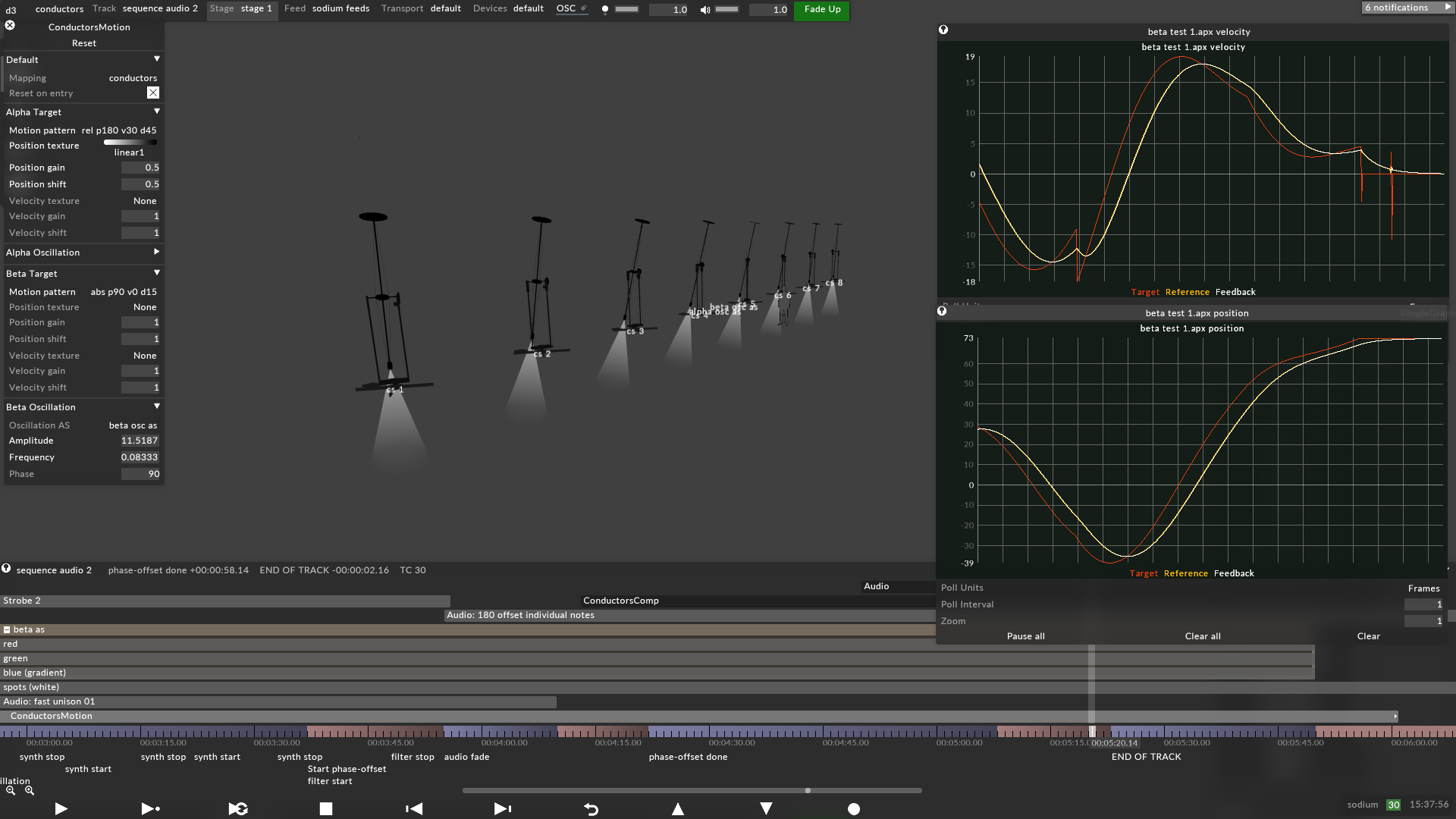
Max for Live & Ableton is responsible for all things audio. The soundscape is fully based on samples that were made by Ben Frost specifically for the work on a vintage EMS Synthi. The general workflow is that Disguise instructs Ableton on what to play over OSC. In each update message, they also give Ableton several state variables like the instrument’s speed and current position. This allows Ableton to generate the audio based on what’s happening in the sequence; for instance, in a section of the sequence where the units speed up, Ableton will retrigger a sample based on the speed parameter it receives. Finally, lights are all DMX – IIRC, 16 bits instead of 8 to provide smooth transitions.
Composition and sound design: Ben Frost
Arrangement and additional sound design: David Meckin
Curated by Jose Luis de Vicente
Part of “Patterns and Recognitions”, at Disseny Hub Barcelona (DHUB) until March 16, 2024.
Project Page | Disseny Hub Barcelona (DHUB)
